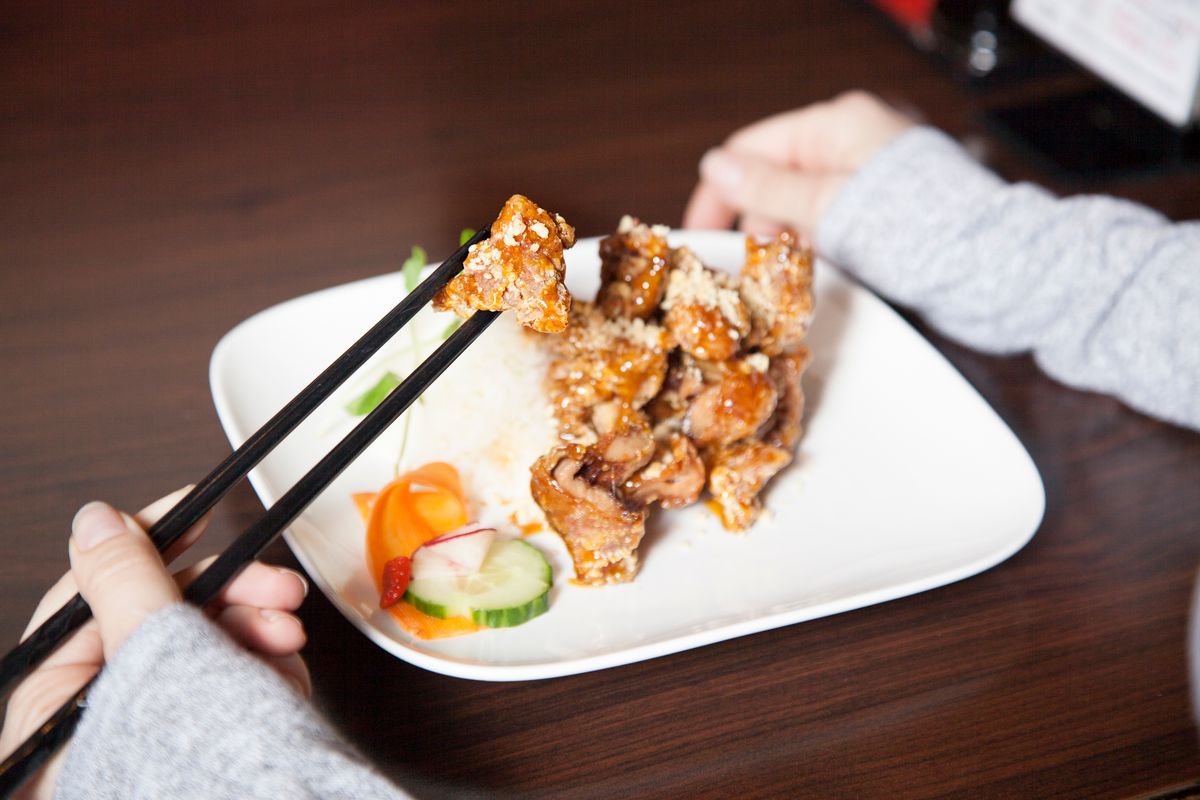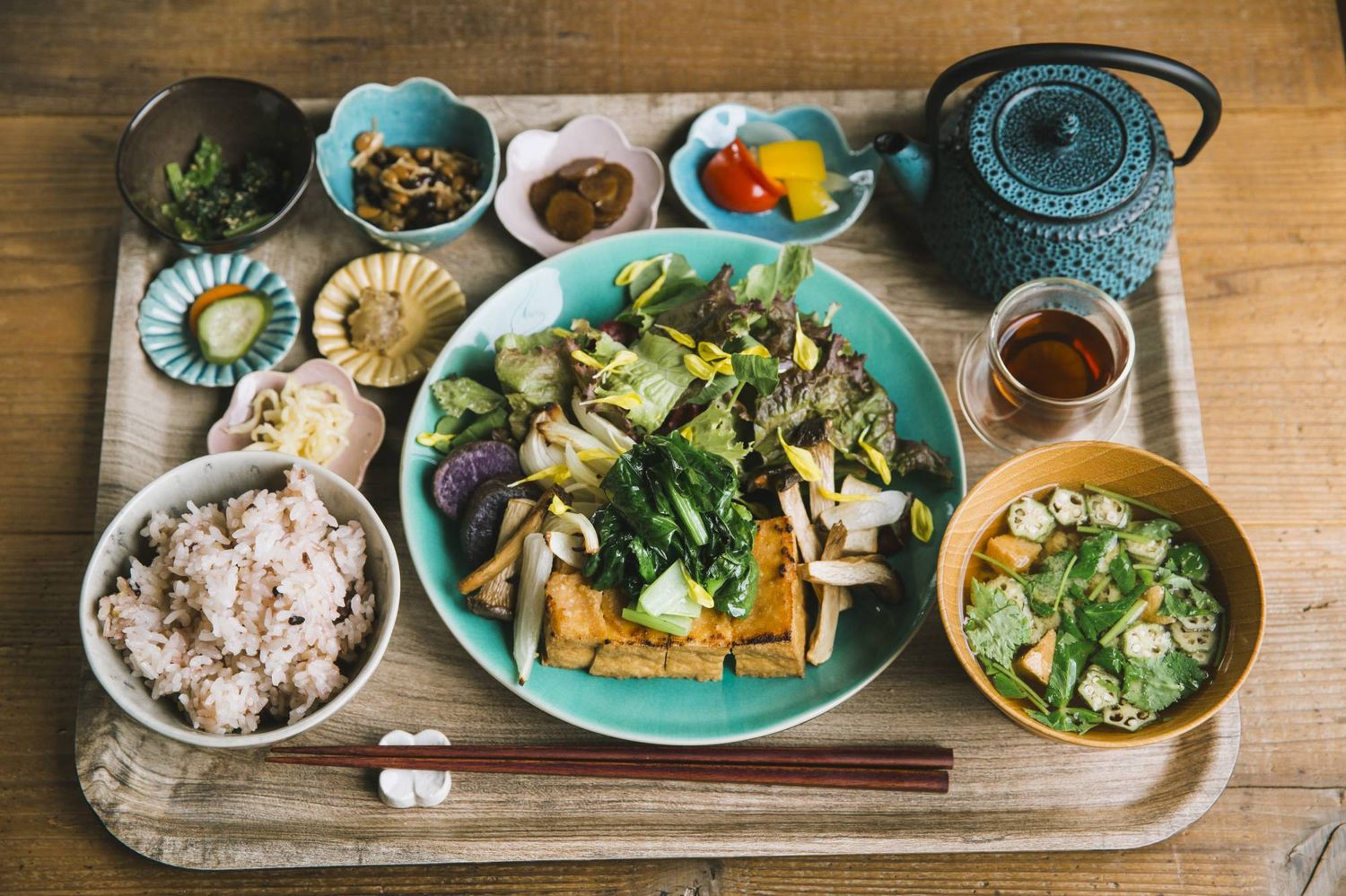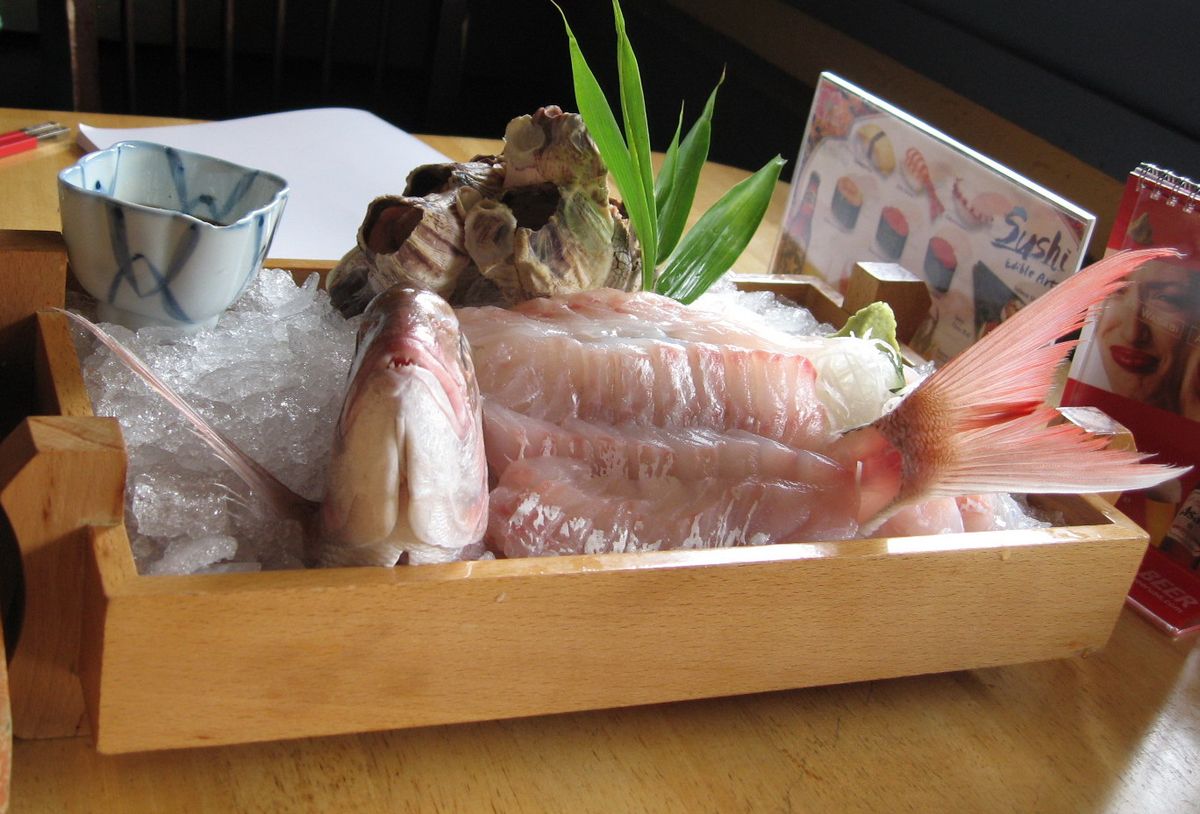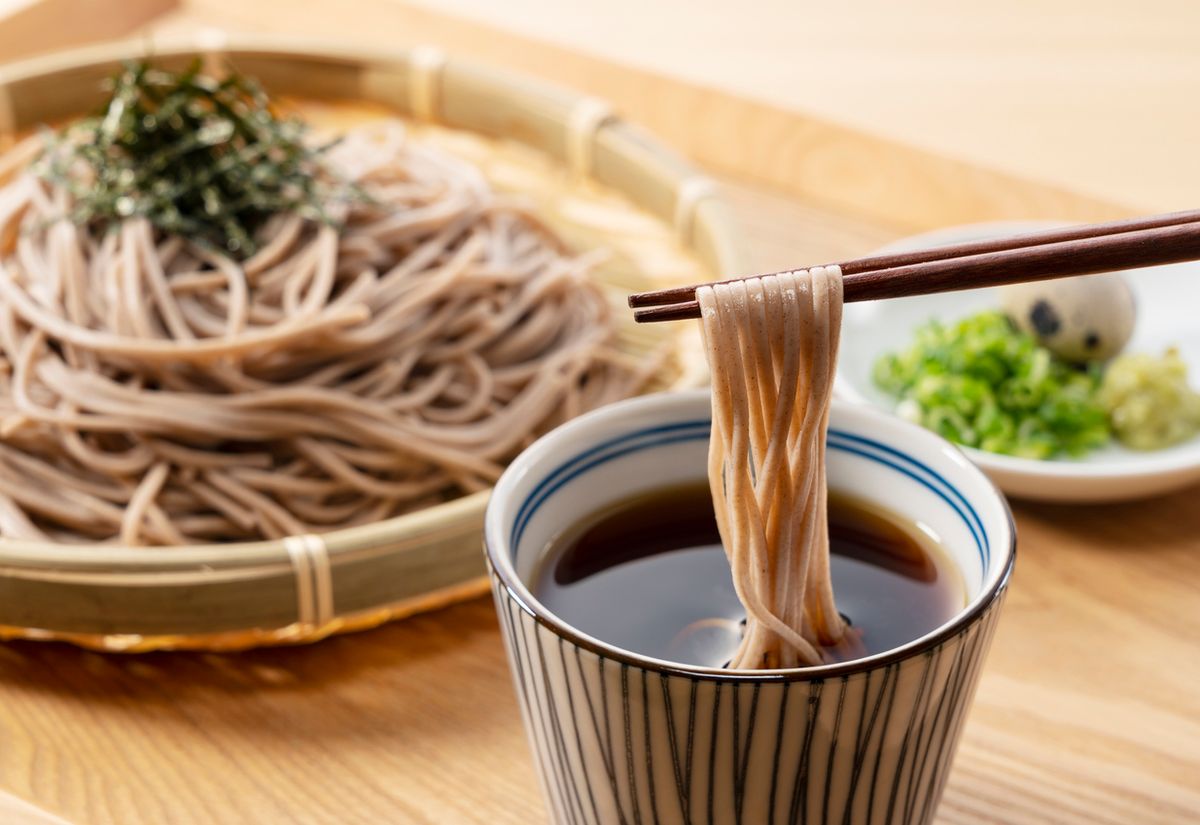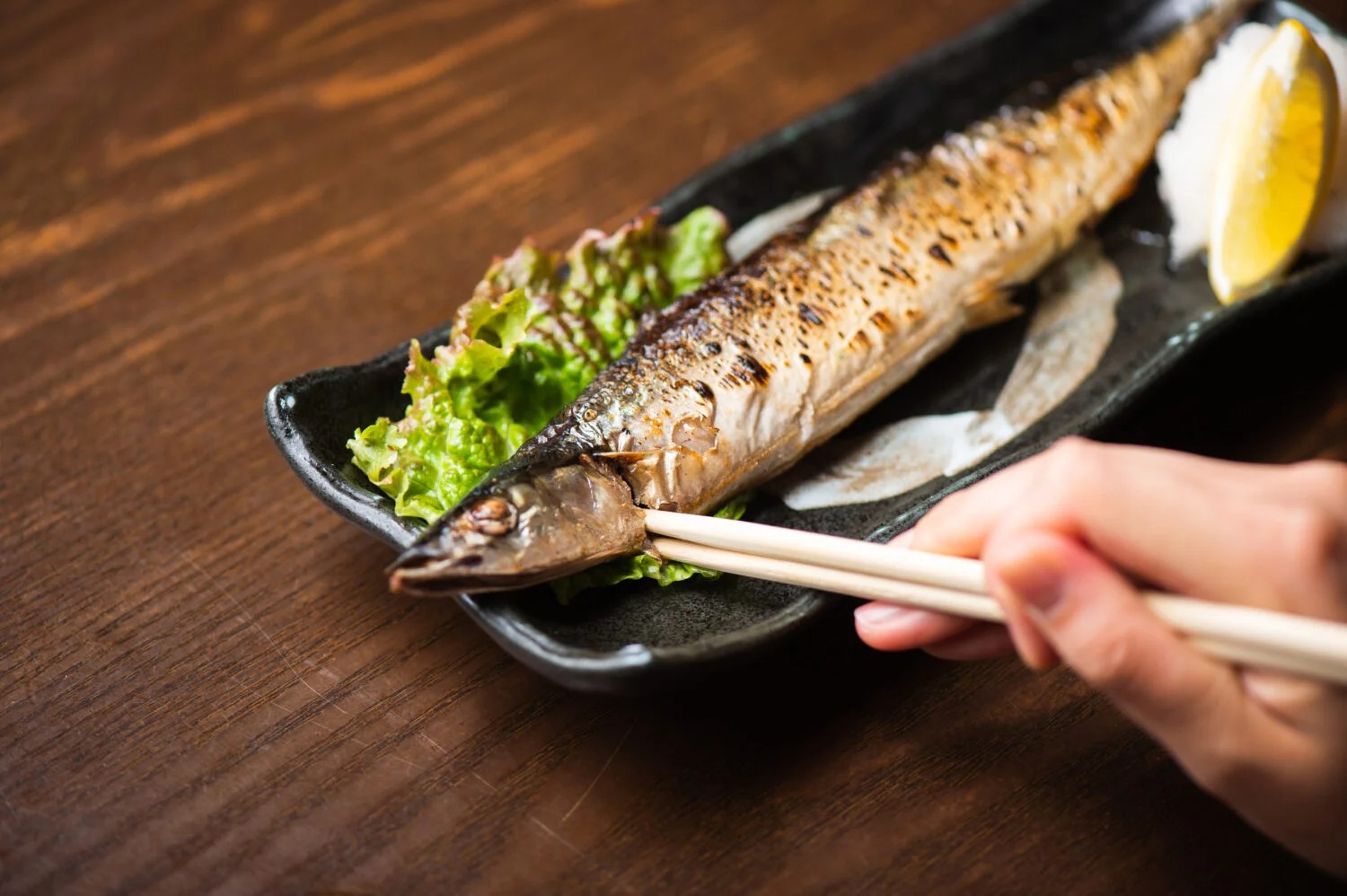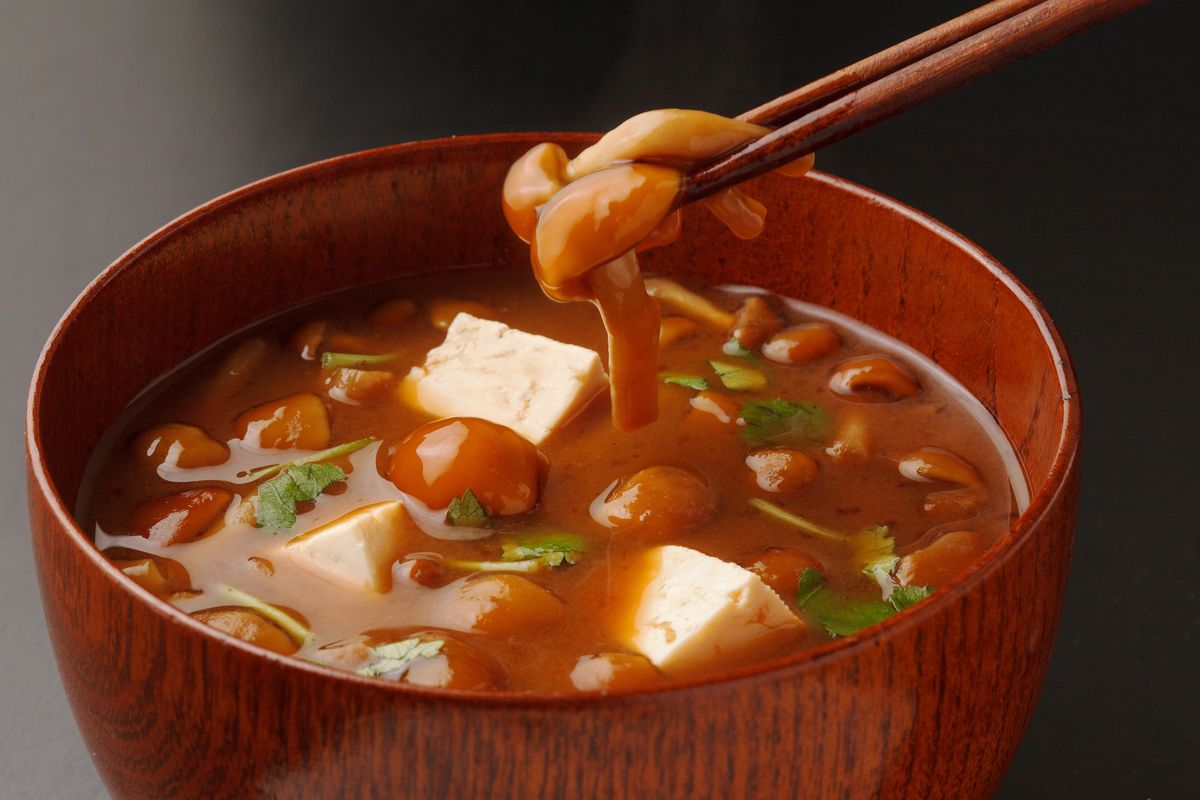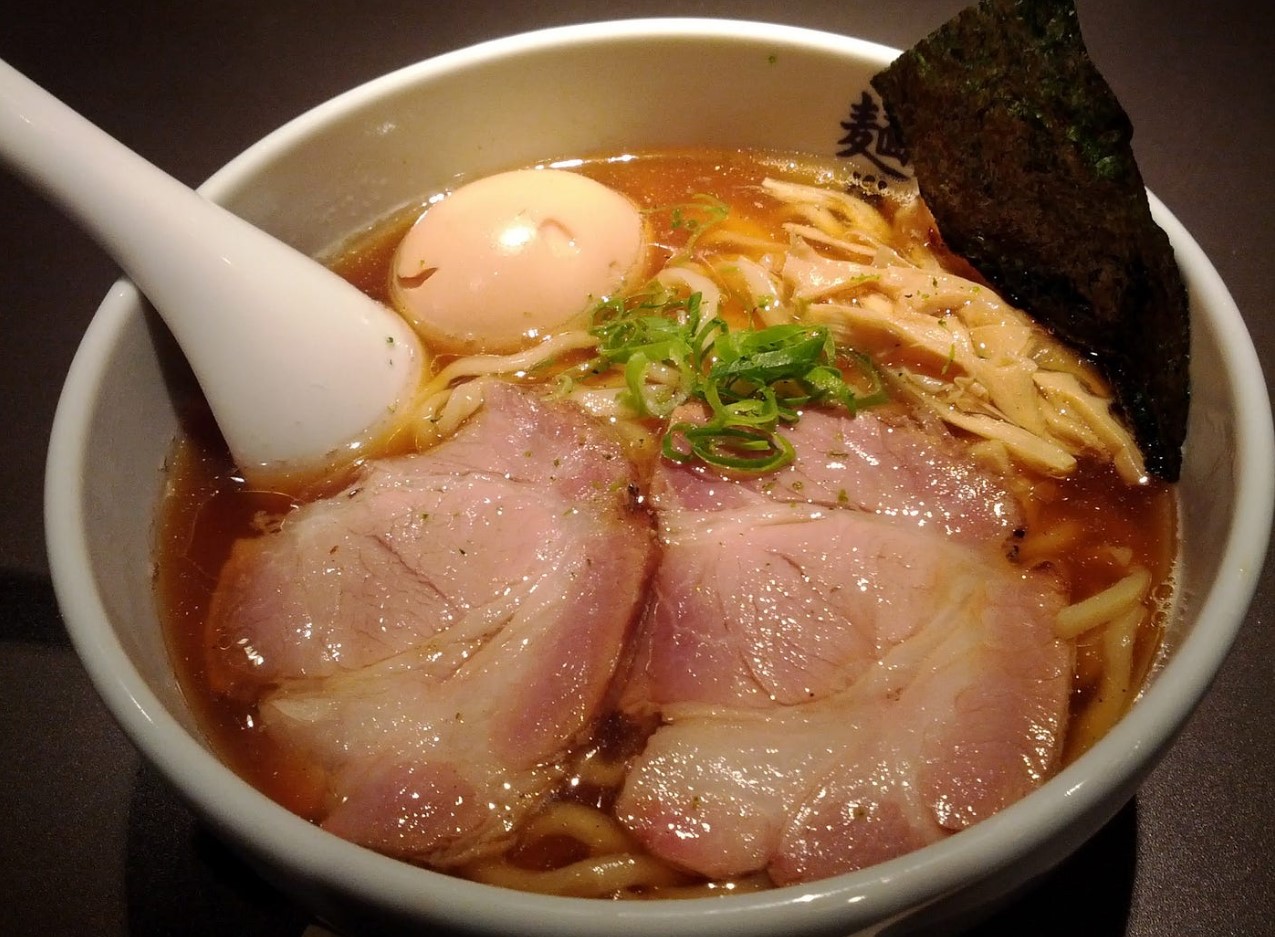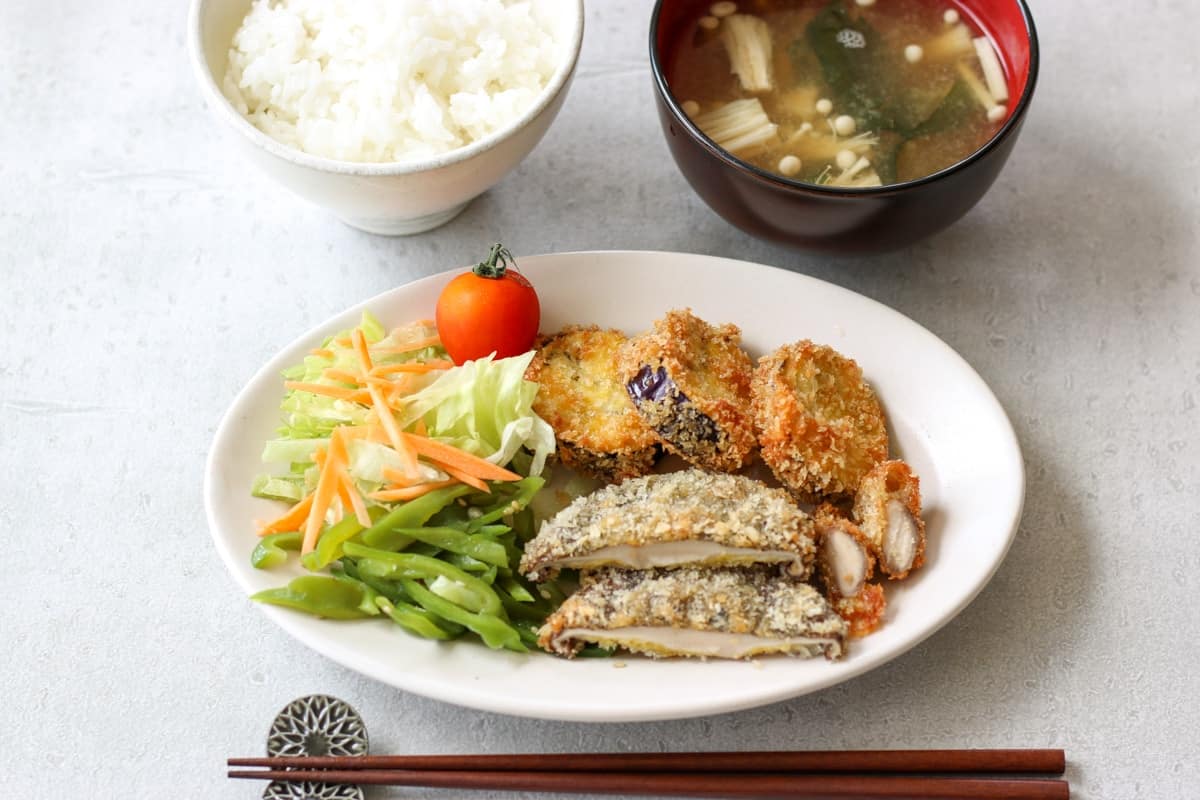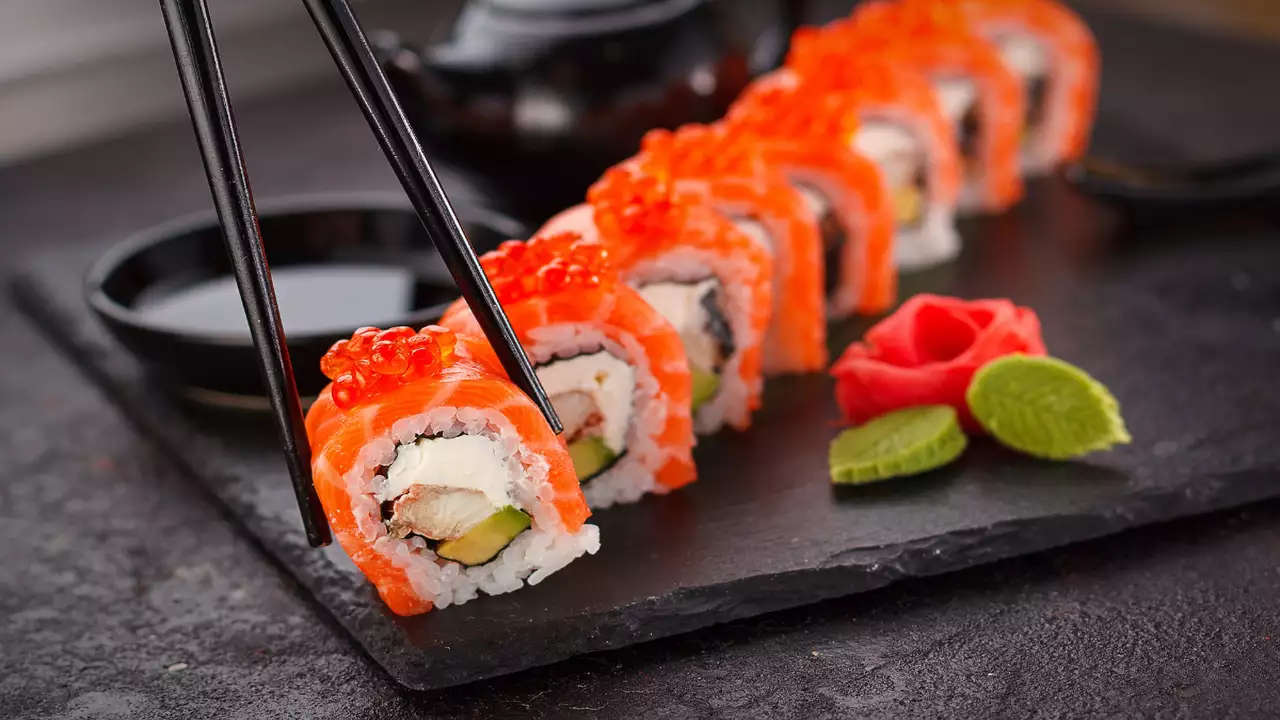Exploring Vegetarian Options in Japan
Japan is known for its delicious and diverse cuisine, but for vegetarians, finding suitable options can sometimes be a challenge. However, with a little bit of planning and knowledge, it’s entirely possible to enjoy a vegetarian diet while visiting Japan. Here are some tips for navigating the culinary landscape as a vegetarian in Japan.
Understanding Japanese Cuisine
Japanese cuisine is heavily centered around rice, noodles, and an abundance of fresh vegetables. While meat and fish are commonly used in many dishes, there are also plenty of vegetarian-friendly options to explore. It’s important to familiarize yourself with the key ingredients and traditional dishes that are inherently vegetarian or can be easily adapted to suit a vegetarian diet.
Communicating Dietary Restrictions
When dining out in Japan, it’s helpful to learn a few key phrases in Japanese to communicate your dietary restrictions. Phrases such as “yasai dake onegaishimasu” (vegetables only, please) or “niku to sakana nashi de onegaishimasu” (no meat or fish, please) can be invaluable when ordering food. Additionally, don’t hesitate to ask restaurant staff for recommendations or modifications to existing menu items to accommodate your vegetarian preferences.
Exploring Traditional Vegetarian Dishes
Japanese cuisine boasts a rich tradition of vegetarian dishes that are both flavorful and satisfying. Some traditional vegetarian dishes to look out for include:
- Tempura: Lightly battered and deep-fried vegetables
- Yasai Itame: Stir-fried mixed vegetables
- Agedashi Tofu: Deep-fried tofu in a savory broth
- Sushi and Sashimi: While these dishes typically feature fish, many sushi restaurants offer vegetarian options such as cucumber rolls or avocado nigiri
Seeking Out Vegetarian-Friendly Restaurants
While traditional Japanese restaurants may not always have extensive vegetarian options, there has been a growing trend of vegetarian and vegan eateries in major cities across Japan. Some popular cities for vegetarian dining include:
- Tokyo: Home to a wide range of vegetarian and vegan restaurants offering diverse cuisines
- Kyoto: Known for its traditional Buddhist cuisine, which often features vegetarian dishes
- Osaka: A bustling city with a growing number of vegetarian-friendly dining establishments
Embracing the Convenience of Convenience Stores
Convenience stores, or “konbini,” are ubiquitous in Japan and offer a surprising array of vegetarian-friendly options. From onigiri (rice balls) filled with pickled vegetables to pre-packaged salads and tofu-based snacks, convenience stores can be a convenient and budget-friendly option for vegetarians on the go.
Adapting to Local Customs
It’s important to approach dining in Japan with an open mind and a willingness to adapt to local customs. While vegetarianism may not be as widely understood in Japan as it is in some Western countries, showing respect for local traditions and being flexible in your dietary choices can go a long way in ensuring a positive dining experience.
Conclusion
While navigating vegetarian options in Japan may require a bit of extra effort, the country’s culinary landscape offers a wealth of delicious and satisfying choices for those following a plant-based diet. By familiarizing yourself with traditional dishes, seeking out vegetarian-friendly eateries, and embracing the diversity of Japanese cuisine, you can savor the flavors of Japan while staying true to your vegetarian lifestyle.
